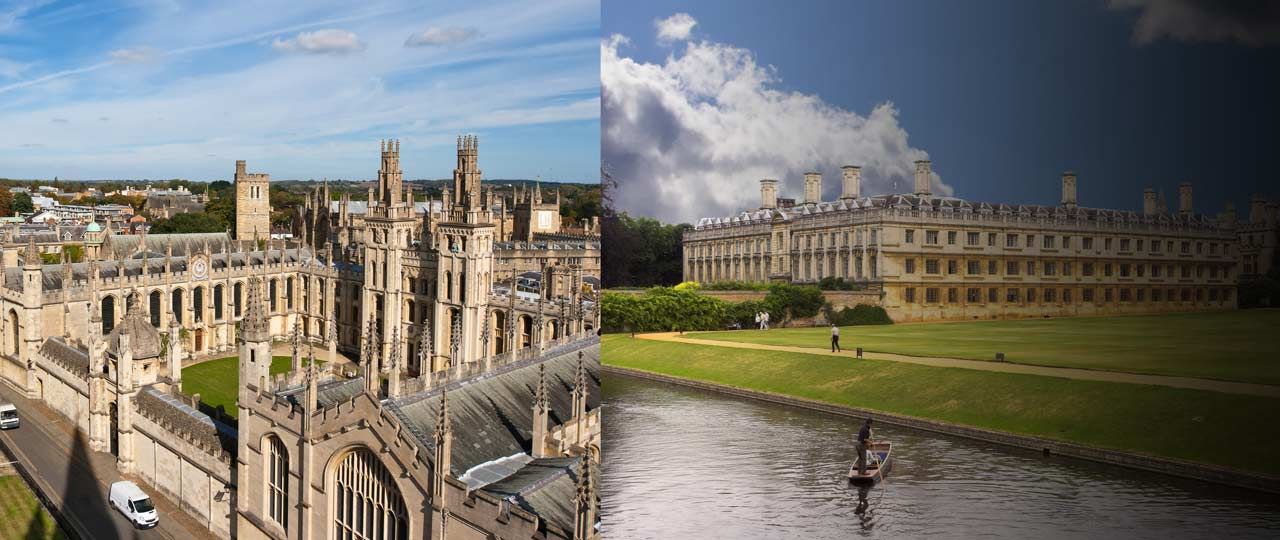
The government has ambitious plans for growth across the Cambridge-Milton Keynes-Oxford arc. But what are the barriers to this scale of development and how can this much-needed housing be best provided?
The reopening of the old “Varsity Line” rail link between the UK’s two famous university cities and the Oxford-Cambridge expressway are part of an ambitious project to link areas of new housing supply with major job markets. We look at how these infrastructure improvements will drive future residential development and what it will take to make this vision a reality.
Why is new infrastructure needed?
Like a spider’s web, all roads lead to London. Although they’re only 110 kilometres (68 miles) apart as the crow flies, the quickest way to get from Oxford to Cambridge is to take the train into London and back out again.
The Chancellor’s budget speech in November 2017 confirmed funding for the East West Rail line and a commitment to the Oxford-Cambridge Expressway to help facilitate the delivery of up to one million homes by 2050. An ambitious target, but one the National Infrastructure Commission believe is necessary for the Cambridge-Milton Keynes-Oxford arc to reach its economic potential.
These large-scale projects are still some way off delivery: the main section of the East West Rail line is unlikely to be operational until the late 2020s and there are no set timescales yet for the expressway. Local connections to and from these major transport routes will also need to be factored in, as Piers Beeton, Surveyor in Strutt & Parker’s National Development and Planning Team explains. “Major infrastructure is important, but we need to look at smaller, local improvements as well. Congestion on Oxford’s roads is a real issue that needs addressing.”
Will Nichols, Partner in Strutt & Parker’s National Development and Planning Team, agrees. “We support the government’s proposals for improved infrastructure and more housing in this part of the country. But local politics and a shortage of skilled labour are real challenges. We need to see this positive message translated into real action to create communities that people want to live in, with the transport infrastructure to support them.”
Releasing new areas for development
Surrounded by rings of green belt land, housing supply in Oxford and Cambridge is severely constrained with house prices that are unaffordable to many workers on low or median incomes.
Piers Beeton sees a huge potential for housing growth with the proposed transport plans. “Improving transport links will open up areas along this corridor for development, which will lead to more sustainable housing growth. It will give people the opportunity to live in affordable houses and still have an easy commute to work.”
What could these new garden towns or villages look like? The winners of the Cambridge to Oxford Connection: Ideas Competition proposed clusters of development with integrated public transport and large areas of common land - rural communities within easy reach of the cities.
The battle over the green belt
A decision on the proposed route of the Oxford - Cambridge Expressway is due to be made this summer but, as with any major infrastructure project, it’s not without controversy.
CPRE Oxfordshire director, Helen Marshall, says: "While we strongly support proposals to improve East-West rail connections, we remain deeply sceptical of the supposed benefits of building major new dual carriageways through the countryside.”
Will Nichols argues that new infrastructure and development can also be an opportunity for environmental improvement. “There are large areas of land, particularly in the Marston Vale between Bedford and Milton Keynes which is of poor environmental quality, for example, degraded land from old gravel extraction works. These areas could be improved by development that is properly planned and includes habitat improvements and green infrastructure.”
But this is a long-term vision, and there is a more immediate, short-term housing supply problem in both Oxford and Cambridge. “The green belt has had a positive role in preventing urban sprawl around many of our big cities,” says Will Nichols. “But it’s become too rigid – it’s a straightjacket that needs to flex. Protecting our historic cities is right, but they also need to be allowed to grow to reach their economic potential. Balanced communities are important too; genuinely affordable housing is important to enable younger people and those on lower incomes to access jobs, services and facilities, and to ensure that the cost of living is not prohibitively expensive to attract people.”
The Oxford-Cambridge connections hold a lot of promise, but the challenge is clear. To deliver the housing and infrastructure that this part of the country so desperately needs while preserving the unique English countryside.
